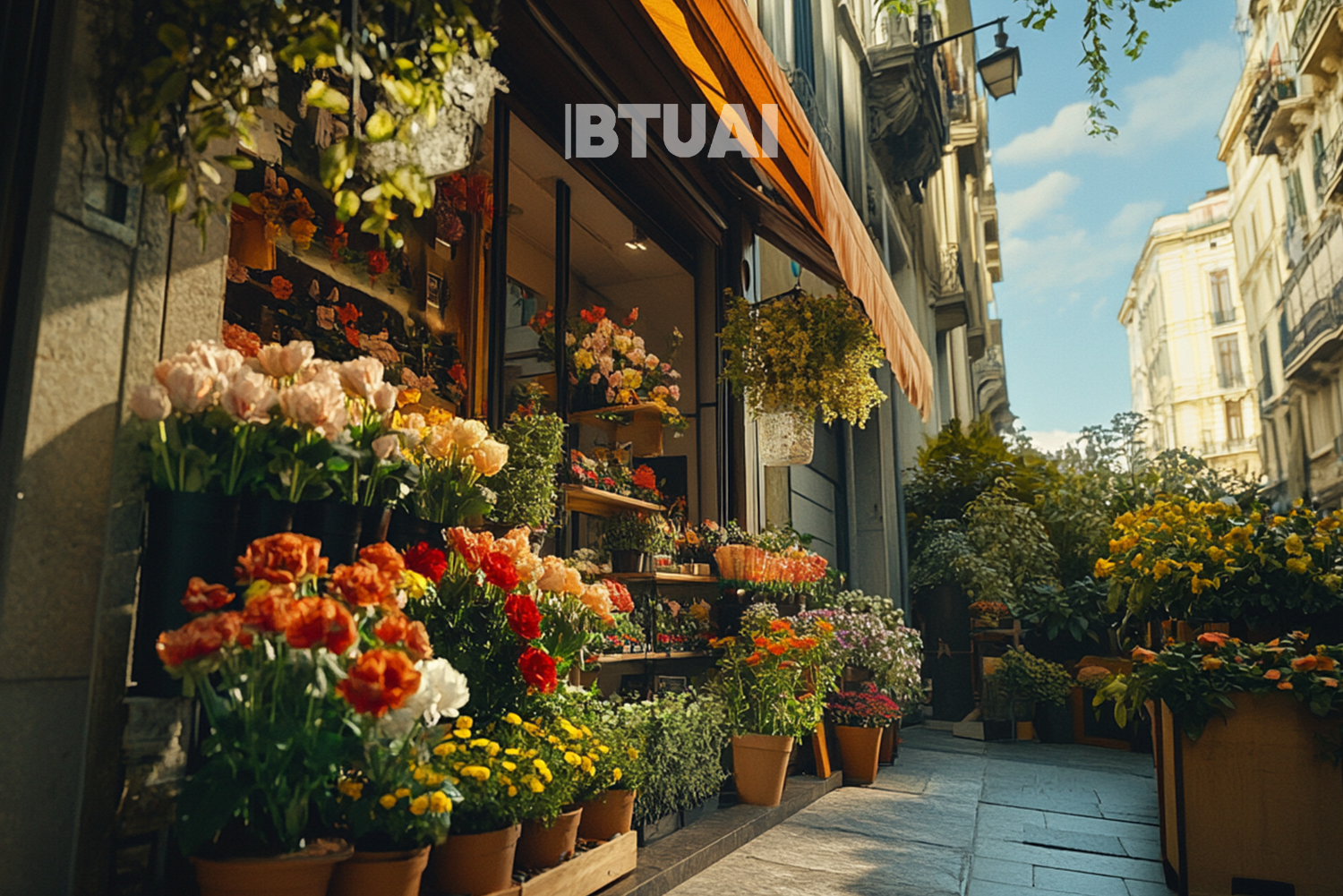The Live Flower Market of Georgia
The import of live flowers to Georgia has significantly increased over the past year, both in volume and value.

The import of live flowers to Georgia has significantly increased over the past year, both in volume and value. Official statistical data shows that from January to November 2024, the country imported 1,732 tons of live flowers worth $10.258 million, marking a 121% increase compared to the same period the previous year. Along with the growth in imports, the price has also risen sharply – while in 2023, the average price per kilogram of flowers was $3, in 2024 this figure has increased to $6.
This trend indicates not only rising prices in international markets but also increased transportation costs and possible disruptions in logistical chains. Most flowers in Georgia are imported, as local production is quite limited and does not meet market demand.
Interestingly, the main suppliers of imported flowers to Georgia have changed significantly. In 2024, the largest quantity of flowers came from Ecuador, with an import value of $3.564 million (446 tons). The volume of flowers imported from Armenia reached 627.7 tons, although the value is comparatively lower at $3.048 million. The Netherlands, the largest flower producer in Europe, ranks third, with 103.7 tons of flowers imported, valued at $1.444 million. Kenya and Turkey are also on the list, supplying flowers worth $931,400 and $822,000, respectively.
Considering that Georgia is part of the high-quality live flower market, the doubling of prices will have a significant impact on consumer choice and the flower business. It is possible that the local business sector will begin to invest more actively in flower production in order to reduce prices and partially meet market demand.
Given global economic trends and logistical issues, it is possible that flower import prices will continue to rise in the future. Particularly important will be the review of strategies by importing countries and the promotion of local production, which will contribute to the stable development of Georgia’s flower market.




